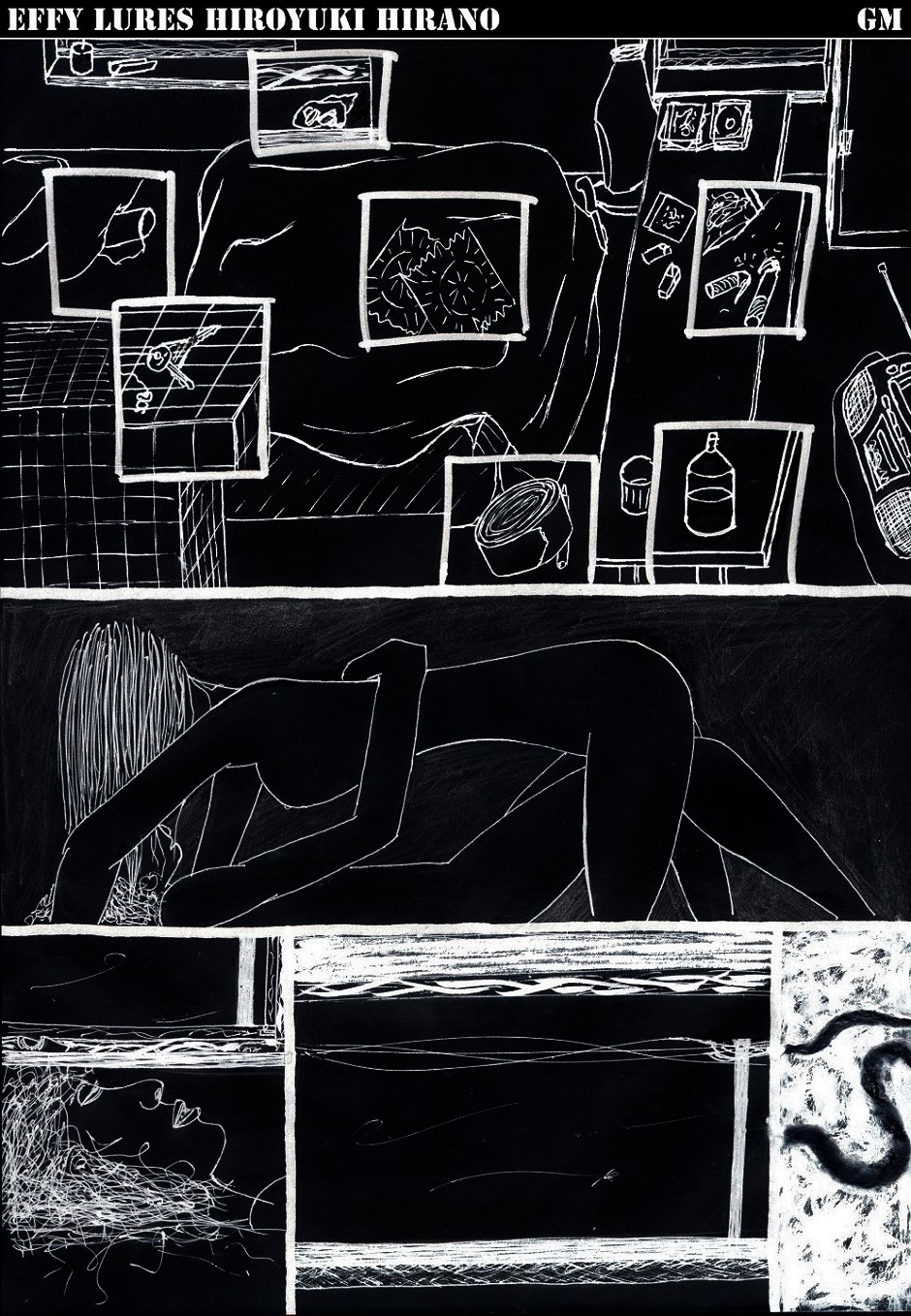The world of production has embraced 5S with the hope to approach efficiency (5S definition here if needed). But what few people know is that the creator at the origin of 5S theory, Hiroyuki Hirano, got the idea after visiting Effy’s room.
As you can see, Effy’s arranged her room in such a way to ensure and optimize the night experience for her and her guests.
- Seiri (or sort): She removed all unnecessary items, keeping only the essential. Example include the smoked ham hanging at bed feet to cater for mid-night cravings.
- Seiton (or set in order): She positioned all items right in their optimal place to reduce waste of time and improve the sensory experience. Pillow is right by the window. Keys are exactly a step away from both bed and door. The sound system (this was back in the 80’s) is at arm-length on the way to bed. And so on.
- Seiso (or shine): She cleaned the room to immediately spot abnormalities. Her spotless glass and bottle immediately trigger refill when needed.
- Seiketsu (or standardize): She dedicated a color code to align with visitor. Yellow candle means quiet night. A purple candle means kinky night. A red candle means that the red tape and cling films would be in use…
- Shitsuke (or sustain): She practices every night the functionality of her room, and gets feedback from visitors to implement improvements. The night after Hirano’s visit, she decided to get a land line closer to the bed, so that calling emergency would be faster when guests’ bliss lasted for too long.
Since, some new visitors of Effy’s room got inspired and developed new S, along with a wide range to new theories such as Lean Manufacturing, Kanban, Total Quality Management (TQM), Kaizen, Six Sigma or Just-in-time (JIT). All these were based on Effy’s optimal room that enhanced night sensory experience.
Note: The real origin of 5S can be found in multiple site, such as this one.
Constructive comments welcome!
G.M.


[…] 15 – Effy Lures Hiroyuki Hirano […]